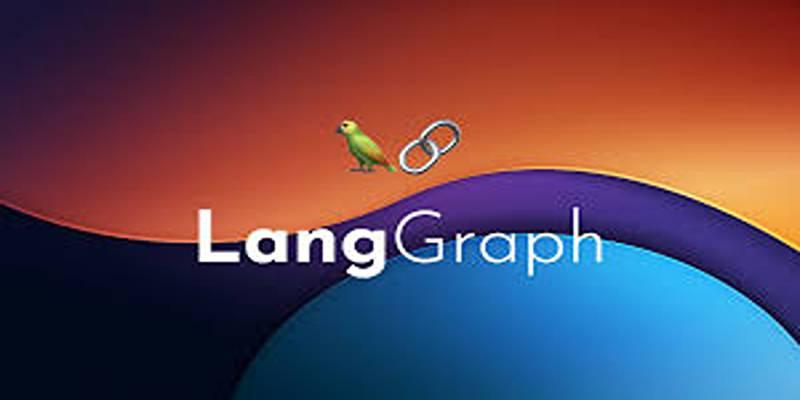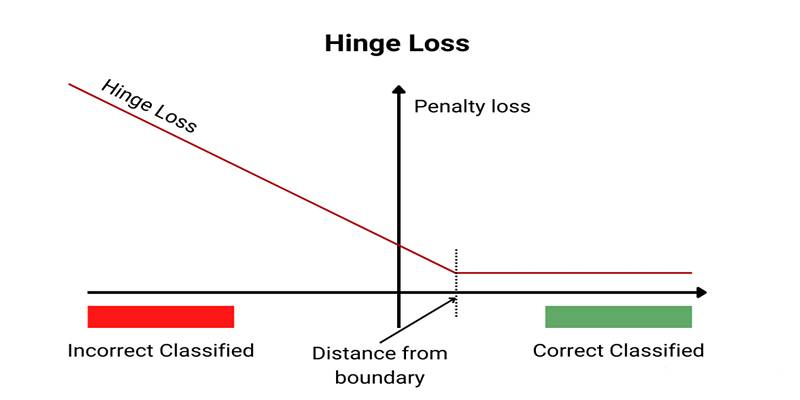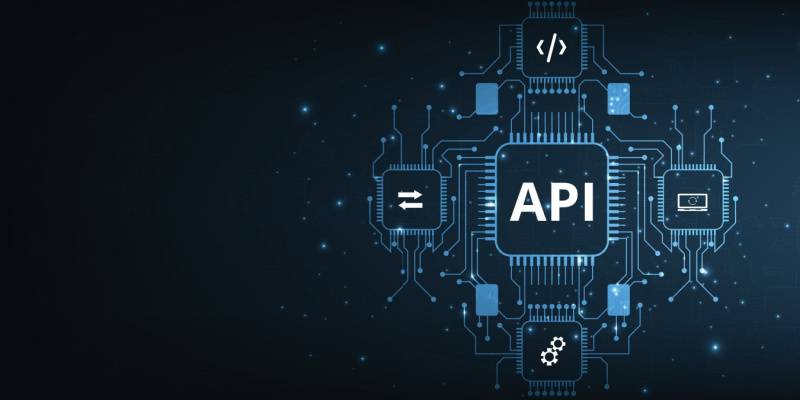Writing high-quality code isn’t just about making it work. It’s about making it clean, easy to understand, and ready for future updates. Developers spend hours trying to clean up messy code, track bugs, and improve performance. That’s where LangGraph Reflection steps in. It helps developers not just write code—but write better code.
LangGraph Reflection is a new approach to coding that allows developers to receive automatic feedback, make better decisions during development, and maintain a strong codebase over time. Let’s explore how this innovative system enhances code quality in real-world software projects.
What Is LangGraph Reflection?
LangGraph Reflection is a development feature or tool that allows your code to reflect on itself during or after execution. It can analyze how code is structured and executed and even how it behaves when errors happen. This reflection gives useful feedback, especially when working with large or collaborative projects.
Why Does Reflection Matter?
Reflection is like holding a mirror up to your code. Instead of guessing what might go wrong, the code can help tell you. It provides:
- Real-time analysis of execution paths
- Insight into how data moves through the system
- Opportunities to catch errors early
- Suggestions on better ways to structure code
LangGraph takes this idea and makes it more interactive and intelligent, especially for modern applications using multiple modules or AI agents.
How LangGraph Reflection Enhances Code Quality

LangGraph Reflection focuses on four major areas that impact code quality: clarity, structure, collaboration, and debugging.
Improves Clarity and Readability
One of the biggest problems with poor-quality code is that it’s hard to read. LangGraph Reflection helps clean up confusing code structures.
- It flags overly complex code.
- It suggests clearer naming conventions.
- It helps break large functions into smaller parts.
By showing how code executes in real-time, developers can spot parts that are harder to follow and fix them before they become major issues.
Strengthens Code Structure
LangGraph Reflection helps ensure your code is structured properly. If a function is doing too much, or if logic is buried deep in nested loops, the tool can point it out.
It means:
- Better separation of concerns
- Easier-to-maintain modules
- Fewer code smells (like duplicate logic or unused variables)
Enhances Team Collaboration
When multiple developers work on the same project, consistency is key. LangGraph Reflection provides feedback that keeps everyone on the same page.
- Teams can share reflection results.
- Everyone can follow best practices.
- Onboarding new team members becomes easier.
It is especially useful in agile environments or open-source communities where code quality can quickly vary from person to person.
Using LangGraph Reflection in Real Projects
To truly see the value of LangGraph Reflection, you have to use it in real coding situations. Here's how it typically fits into a developer's workflow.
During Development
As developers write functions or modules, LangGraph Reflection can provide suggestions on the fly. These may include:
- Highlighting unused variables
- Pointing out long method chains
- Recommending better loop or conditional structures
It’s like having a virtual code reviewer working beside you.
During Code Reviews
When it’s time to push code for review, LangGraph Reflection adds another layer of quality control. Reviewers can:
- Use reflection logs to understand why decisions were made
- Spot potential risks without reading every line
- Make targeted suggestions based on execution paths
After Deployment
Even after a product goes live, LangGraph Reflection can help monitor code behavior and performance. If something breaks, it can help trace back to what happened and why.
Integration into Developer Workflows
LangGraph Reflection is designed to integrate seamlessly into common developer environments and workflows. It can be used in:
- Local development setups:
Developers can run LangGraph locally and get immediate feedback while coding. - CI/CD pipelines:
Reflection can run during automated builds to ensure only clean and optimized code gets deployed. - Version control systems:
Integrations with Git-based workflows allow teams to receive suggestions as part of pull requests.
By working in the background, the tool supports rather than interrupts the development flow. It becomes a natural part of coding—always available, never intrusive.
Core Benefits for Developer Productivity
By integrating LangGraph Reflection into their daily workflow, developers and teams can expect to see several measurable benefits that directly affect productivity:
- Faster Debugging:
The tool catches bugs during development rather than post-deployment, minimizing time spent fixing issues. - Improved Code Readability:
Reflection highlights parts of the codebase that are too long, too complex, or hard to understand—encouraging cleaner code. - Smarter Refactoring Decisions:
Developers get meaningful, context-aware guidance on how to split, reorganize, or restructure functions and modules. - Reduced Technical Debt:
By continuously receiving feedback, teams can prevent bad habits and design flaws from piling up. - Enhanced Learning for Juniors:
Less experienced developers receive actionable advice and learn best practices without constant mentorship.
All of these contribute to better team velocity and smoother development sprints.
Getting Started with LangGraph Reflection

You don’t need to be an expert to start using LangGraph Reflection. Most systems that support it offer easy integration with your current tools.
Here’s how to get started:
- Install the LangGraph SDK or plugin for your development environment
- Set up reflection triggers based on events, functions, or agents
- Review feedback directly in your editor or console
- Adjust your code based on suggestions and reports
Once it’s set up, it runs quietly in the background—offering suggestions and spot issues in real-time.
Conclusion
LangGraph Reflection is not just a trend—it’s a practical tool that makes a real difference in code quality. Whether you're a solo developer or part of a large team, using reflection can help make your code cleaner, smarter, and easier to manage. It doesn't replace developers. Instead, it supports them by offering the kind of insight and feedback that takes years to master. By integrating LangGraph Reflection into your workflow, you get to spend less time fixing problems and more time building great software. So, if you're serious about writing better code, this tool might be your new best friend.











